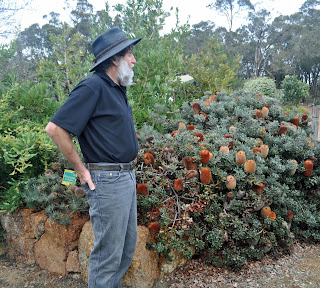With the beautiful backdrop of Western Australia’s unique flora, and coinciding with the 50th anniversary of the world-renowned Kings Park, the XVII International Protea Association Conference held in Perth was truly inspiring. The educational programs were rich and varied, with speakers from around the globe discussing new ornamental species, breeding, cultivation, post-harvest handling and marketing plus exciting new developments in the Proteaceae and Australian wildflower industries.
The first two conference days included presentations by four highly acclaimed keynote speakers and concurrent sessions focused on Proteaceae and new ornamental crops. The third and fourth days were devoted to visiting commercial wildflower farms and nurseries, a leading wildflower exporter, and a guided tour of Kings Park, including a look ‘behind the scenes’ at the nursery and research programs.
Commercial Wildflower
Kings Park and Botanical Garden
However, the conference wasn’t only about learning – there was plenty of time to network with fellow flowers farmers from around the world.
The XVIII International Protea Association Conference is tentatively scheduled for August 2017 in Stellenbosch, South Africa.



































